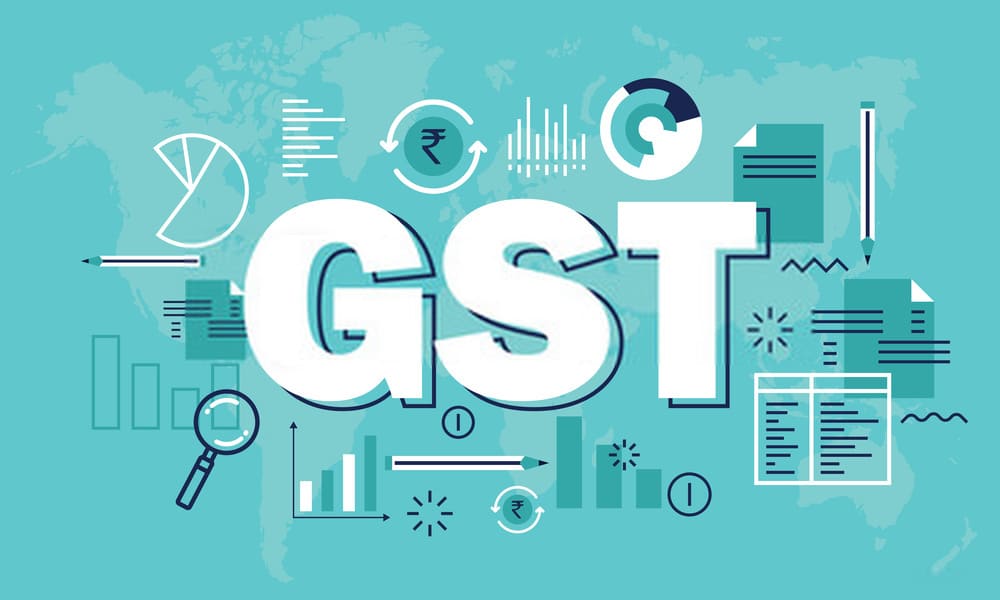Government of India launched an ambitious program of regulatory reform aimed at making India more business-friendly. India is passing through the biggest Tax transformation from the existing Indirect Tax Regime to a new Goods and Services Tax, claiming that this will promote ease of doing business motto as GST is a user friendly tax.
The first step is GST Migration. The existing tax payers are required to migrate to the new tax regime through a much publicized Goods and Services Tax Network – GSTN Portal. The migration was expected to be very smooth and easy, however, the public at large is facing many technical issues while migrating. Majority of the small businesses have not been able to successfully migrate due to one or the other reason. Even meager issues like punctuations or mis-match of names in corresponding PAN Card or Aadhar Card or any such document arising out of father’s name or middle name creates an issue which does not allow the existing tax payer to migrate into GST.
Most of the details – data are already available with all the Departments, may it be State VAT or Central Excise / Service Tax. One wonders what stops them to auto-migrate all the existing tax payers into the new GST system. Infact, the current migration process will lead to the Provisional ID, which will be valid for only six months. In other words, even after migration the tax payer is given a temporary or Provisional Registration and the same will be converted into GST Registration subject to many other checks and balances, which the Department may propose in days to come. These additional details required to be filled in while migration can always be submitted later on once migration done.
Looking at the technicality of the process, GST Migration has turned into money making industry. It is expected that approximately 66 lakh assessee will need services at some point or other for getting migrated. On an average the Tax Consultants / Legal firms are charging anywhere between 1000 to 5000 Rs per assessee for migration, which is eventually leading to extra drain of hard earned money of such small businesses.. Average Indian taxpayer is yet not this tech savvy. Thus, most of the assessees have to engage a consultant / tax practitioner for migration as it uploading various documents of precise formats and specific file size.
To burden the assessee with migration is unnecessary responsibility cast by the Government. In fact ground reality is that officers are not helping but responding in a harsh and threatening tone rather than being concerned. The new Chairperson of the Board has warned her officers and wants them to realign their mind set for GST Role, but old habits die hard.
Various commissionerates have received specific amounts to create awareness and facilitate migration of assessees. Government could have created a Centralized team or call centres having professionally trained officers, having IT background and a polite manner to help the assessees. On the looks of it, GST migration is yet not successful when it comes to Service Tax assessees. It’s far from doing ease of business. Once we can hope that the message goes to the right people at the helm of the affairs and things change for better. It’s never too late to shift to auto-migration.
